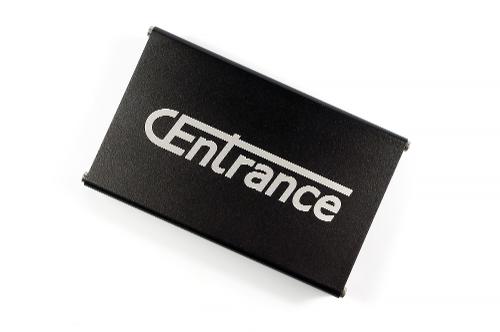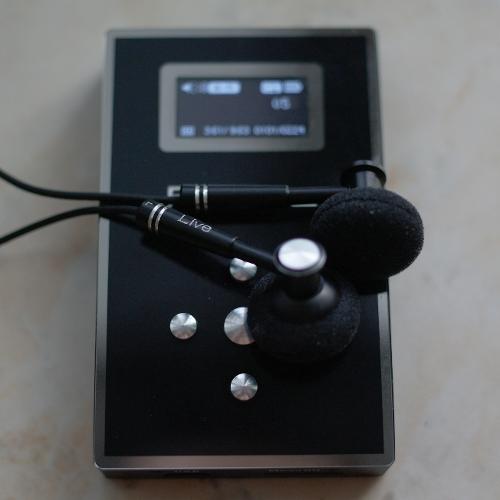
Well, I can't resist adding my 5 cents about this great DAP. I won't write much, as Head-Fi already have 16 reviews of X7, so everyone who's interested in build quality, box content, UI, etc. already satisfy their curiosity. I'll try to summarise my own impressions on sound.
So happened, X7 was introduced with least powerful amplifier module, called IEM amp. It have about 100 mW @ 32Ω, which isn't much, even compared with Fiio X5-2, so X7 have a great chance to improve sound in future. Fiio promised 2 or 3 more amplifier, including powerful amp for big cans and balanced amp.
For now, I'd call X7's sound signature close to neutral, with incredible level of details and leaned toward analytical representation. In some seldom cases, player sounds a bit "dry", but it's because of no coloration in sound. I've tried X7 with my E12DIY, so I'm sure that with future amps X7 will perform even better.

Bass is tight, fast and pretty accented. It allows player to render it nicely, showing it's texture and smallest nuances of low frequency instruments. Bass punches with good power and authority, so with bass-hevy headphones it can even overpower listener, so you should listen X7 with your headphones first. For example, Dunu Titan 5 have too much slam for me.
Mids are absolutely flawless. Well-coocked Sabre inside X7 shows itself from best side, revealing even tiniest details of recording. This makes X7 very picky for recordings quality, but of course it's not a player's issue. Emotional, spacious representation of mids is an X7's best side. Scene is on wider side, and it's depth is really, really good. Please keep in mind that X7 won't add anything to records from itself, so dry, dull recordings will sound dull and dry.
Higsh will be an issue for those, who are treble-sensitive. X7 represents treble without any smoothness and without an attempt to make it less harsh then they are. With some headphones (hello again, Titan 5) it gives harshness. So, if you don't like treble, keep it in mind. If you're ok with this part of spectrum, you'll enjoy airy and light presentation of X7.
To summarise, there are some minor issues in X7's sound, but it still sounds more then great even for it's price tag, and please keep in mind, that future amp modules have a potential to greatly improve X7's sound.

Few comparisions (please note, that this is a pretty subjective opinion)
L&P L5 Pro In some sense, L5Pro is an antipode for X7. L5Pro offers more smooth, softer sound, in exchange for little loss of details.
Questyle QP1R Another raising star on DAP market. Questyle's patented amp allows this player to show great synergy with most of heaphones, even picky ones. QP1R have better trebles, but to my ears it's lacking some bass texture, compared with X7. Also, QP1R's awful scroll will kills it's usability, making it hard to use.
Cayin N6 My favourite "top-middle" segment DAP. This player have enjoying, musical representation, but have somewhat less resolution compared with X7. New Fiio's flagship have more analytical sounding.
Fiio X5-2 Former flagship now goes to middle segment, offers less resolving sound with less depth of lows, but if we keep in mind price factor, X5-2 is still a really great player.
iBasso DX80 New iBasso's middle segment DAP is a complete antipode to X7. It offers absolutely emotionless, smoothed sound without any accents. X7 with it's lows impact and straightforward treble offers absolutely different sound approach.











































 I'm trying more and more new earphones, and discovering their full potential. My most favourite combo now is with Dunu's Titan 1, it offers great resolution, and nice sound with small hint of aggression, perfect for rock and heavy metal. Also it plays nice with new Kennerton Algiz, giving smooth and very musical representation, perfect for jazz and vocals.
I'm trying more and more new earphones, and discovering their full potential. My most favourite combo now is with Dunu's Titan 1, it offers great resolution, and nice sound with small hint of aggression, perfect for rock and heavy metal. Also it plays nice with new Kennerton Algiz, giving smooth and very musical representation, perfect for jazz and vocals.







































































